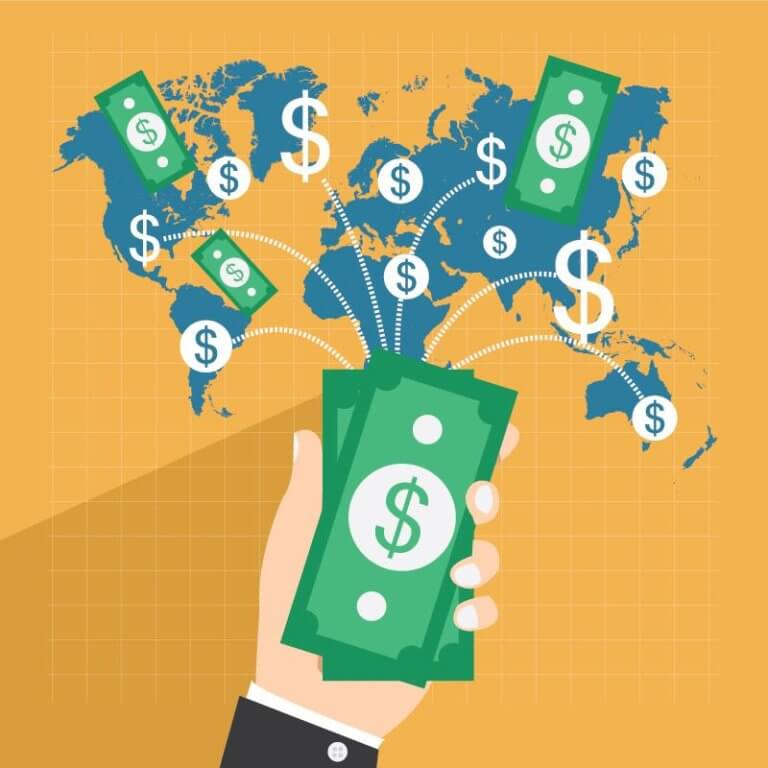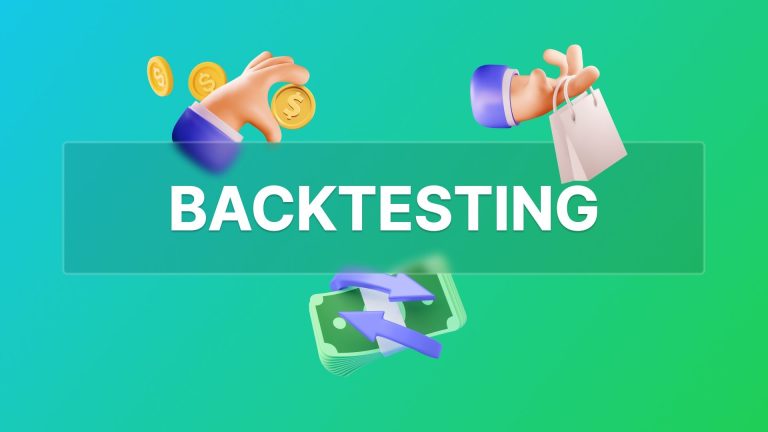The Goods and Services Tax (GST) is a value-added tax (VAT) that is levied on most goods and services sold in Canada. The GST was introduced on January 1, 1991, replacing the previous federal sales tax. In this article, we will explore the basics of the GST, including what it is, who pays it, and how it works.
What is the GST?
The GST is a federal tax that is applied to the sale of most goods and services in Canada. The tax is calculated as a percentage of the sale price and is added to the cost of the goods or services. The current rate of GST in Canada is 5%, although some provinces also have their own provincial sales tax (PST), which is added on top of the GST. In these provinces, the combined rate of GST and PST can range from 5% to 15%.
Who pays the GST?
The GST is paid by consumers when they purchase goods or services that are subject to the tax. The tax is collected by businesses and remitted to the Canada Revenue Agency (CRA) on a regular basis. Most businesses are required to register for a GST/HST account if their taxable sales are more than $30,000 in a calendar quarter, although businesses with lower sales may also choose to register voluntarily.
How does the GST work?
The GST is a tax on the value added to goods and services as they move through the supply chain. This means that each business along the supply chain is responsible for remitting the GST on the value they add to the product. For example, a manufacturer might purchase raw materials for $100 and add $20 worth of value to the product through the manufacturing process. They would then charge the customer $120 plus the applicable GST (5% in most cases) for a total of $126.
When the customer pays for the product, they pay the GST to the business, which then remits the tax to the CRA. The business’s tax accountant is also able to claim back any GST they have paid on their own purchases (known as input tax credits), reducing the amount of GST they owe. This ensures that the tax is only paid on the final sale of the product or service, rather than at every step of the supply chain.
Some goods and services are exempt from the GST, meaning that they are not subject to the tax. These include basic groceries, prescription drugs, and some medical devices. Some goods and services are also zero-rated, meaning that they are subject to GST at a rate of 0%. This includes exports, basic groceries (other than prepared foods), and some medical and assistive devices.
Impact of the GST on businesses and consumers
The GST can have a significant impact on both businesses and consumers in Canada. For businesses, the tax can add a significant administrative burden, as they are required to collect and remit the tax on behalf of the government. This can be particularly challenging for small businesses, which may not have the resources to manage the additional paperwork and record-keeping requirements.
On the other hand, the GST can also benefit businesses by allowing them to claim back any GST they have paid on their own purchases. This helps to reduce the overall cost of doing business and can improve profitability.
For consumers, the GST can increase the cost of goods and services, as it is added on top of the sale price. However, the tax is intended to be a fair way of sharing the cost of government services among all Canadians, rather than just those who pay income tax. The tax revenue generated by the GST is used to fund a range of government programs and services, including healthcare, education, and social services.
Understanding how the GST works and who pays it is an important part of being a responsible taxpayer in Canada. By paying the tax on our purchases, we are helping to support the government services that benefit all Canadians.
In conclusion, the Goods and Services Tax (GST) is a value-added tax that is levied on most goods and services sold in Canada. The tax is paid by consumers when they purchase goods or services subject to the tax, and it is collected and remitted to the Canada Revenue Agency by businesses. The GST can have a significant impact on both businesses and consumers in Canada, but it is intended to be a fair way of sharing the cost of government services among all Canadians. If you are a business owner in Canada, it is important to understand your obligations when it comes to collecting and remitting the GST. The Canada Revenue Agency provides a range of resources and support to help businesses manage their GST obligations, including online guides and webinars, as well as dedicated support lines for GST/HST enquiries.























